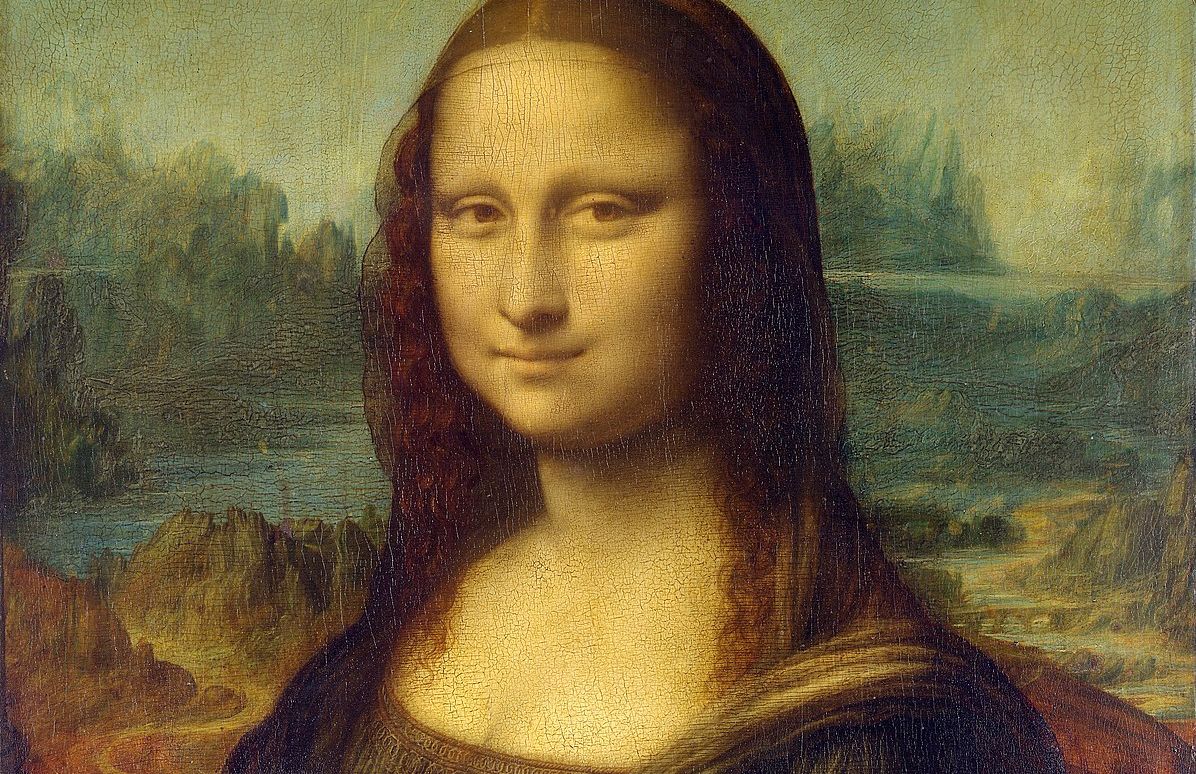This session is about portraits and faces. There are many ways to approach this subject; in this session the approach is geographic.
The features and structure of the face is very geographic. We’ll study the geography before starting, rather like the planning that one would often do before setting out on a trip. And then we will take this knowledge and head out to practice.
Watch this quick little video to learn more about the program.

Chapter #1: Getting Ready, Starting with latitude and longitude
Latitude and – longitude, markers that record the placement of elements – so they can found. For our exercise, we use the latitude and longitude structure, not to find elements, but to place them appropriately, at least more or less. In the first chapter we’ll uncover the latitude and longitude structure of a face – and guess what, it is very similar for every face.
Chapter #2: Continents and Other Land Masses
Big and small – the overall shapes are easily identified and very similar from face to face. Similar, but different. When you want to capture a likeness, the unique shapes of the land masses are important to pay attention to. When likeness is not important, you can let go of this somewhat, and be creative about the land masses.
Chapter #3: Special features
Let’s compare them to the lakes and mountains and rivers and cities – here again, there are many similarities from face to face, but there are small but unique differences in the shapes, size and placement. The special features will be contained within the land masses, and the latitude and longitude lines help to determine appropriate placement.
Chapter #4: Expanding beyond
It's time to tie everything together, and we'll look at some optional approaches when using faces, portraits and people in artwork.